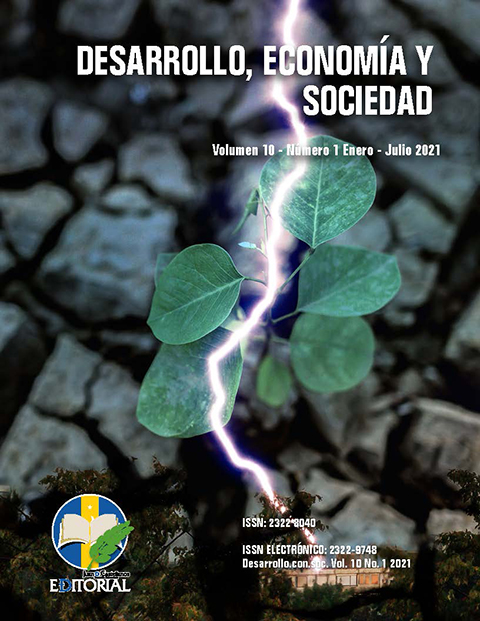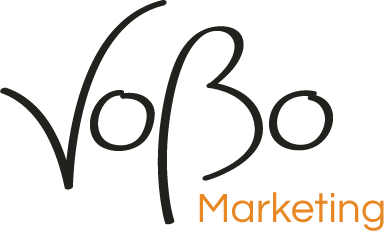DOI:
https://doi.org/10.38017/23228040.765Keywords:
pottery, brick, heritage, territory, cultural valueAbstract
For several decades the community of potters has remained an active part of the history of the city of Tunja (Boyacá Colombia) therefore, this research article aims to highlight pottery as a relevant trade in its recent development through a research work in which testimonies, experiences, relationships and reflections of its protagonists, and where the information was analysed from an approach from the fields of art and cultural heritage, to understand the significance of pottery, the land and its link with the capital of Boyacá. Through collaborative work with potters, it was possible to recognize and identify the valuations attributed to the knowledge and the product of this craft, the bricks, and their relationship with the territory. Likewise, the interviews allowed an approach to the recent background of the work and revealed problems that have been dealt with for years such as displacement, and contamination, as well as the changes that the trade has undergone over the years to survive. The importance of the pottery tradition beyond the economic sphere as an asset and tangible and intangible cultural manifestation, its aesthetic aspect, contributions, and the need to recognize these values regarding the city was highlighted.
Downloads
References
Ferro Medina, G. (2009). Guías de observación y valoración cultural. Apuntes. Revista de Estudios Sobre Patrimonio Cultural, 22(1). Pontificia Universidad Javeriana. https://revistas.javeriana.edu.co/index.php/revApuntesArq/article/view/8946
Freitag, V. (2012). Memorias del Oficio Artesanal: un estudio con alfareros tonaltecas. Universidad de Guanajuato. http://www.scielo.org.mx/scielo.php?script=sci_arttext&pid=S0185-39292016000600243
Guber R. (2001). La etnografía, método, campo y reflexividad. Grupo Editorial Norma.
Hincapié Aristizábal, R., Delvasto Arjona, S., & Contreras Rengifo, R. (2017). Los hornos de colmena de Vijes (Valle del Cauca), un patrimonio material e inmaterial que es preciso recuperar y preservar. Apuntes. Revista de Estudios Sobre Patrimonio Cultural, 29(1). https://doi.org/10.11144/Javeriana.apc29-1.hcpm
ICOMOS, 2008. Carta para Interpretación y Presentación de Sitios de Patrimonio Cultural.
https://www.icomos.org/images/DOCUMENTS/Charters/interpretation_sp.pdf
Ley 397, (7 de agosto de 1997) Congreso de la República de Colombia, Bogotá, Colombia, Título II.
Ley 1185, (12 de marzo de 2008), Congreso de la República de Colombia, Bogotá, Colombia. https://www.culturarecreacionydeporte.gov.co/es/ley-397-de-1997-ley-general-de-cultura#:~:text=%E2%80%9CPor%20la%20cual%20se%20desarrollan,y%20se%20trasladan%20algunas%20dependencias%E2%80%9D
Murillo J, Martinez C, (2010). Investigación Etnográfica, Métodos de Investigación Educativa en Ed, Especial. https://fundacionmerced.org/bibliotecadigital/wpcontent/uploads/2017/12/I_Etnografica.pdf
CORPOBOYACÁ. (1998). Resolución 0318. CORPOBOYACÁ. https://www.corpoboyaca.gov.co/cms/wp-content/uploads/2015/11/Resolucion_0618_2013.pdf
Suárez L.A. (2006, Junio). Ponencia desarrollada en la Universidad Nacional Mayor de San Marcos. 60 Aniversario de la Escuela de Antropología. Lima, Perú. https://flacsoandes.edu.ec/sites/default/files/agora/files/1224045872.notas_sobre_las_posibilidad es_de_una_etnografia_comprensiva_luis_alberto_suarez_2.pdf
Vasco, L, G. (1996) Territorio es vida. Universidad Nacional de Colombia.
Vasco, L, G. (2002). Entre selva y páramo: viviendo y pensando la lucha india. Instituto Colombiano de Antropología e Historia.
Downloads
Published
How to Cite
Issue
Section
License

This work is licensed under a Creative Commons Attribution-NonCommercial-ShareAlike 4.0 International License.





